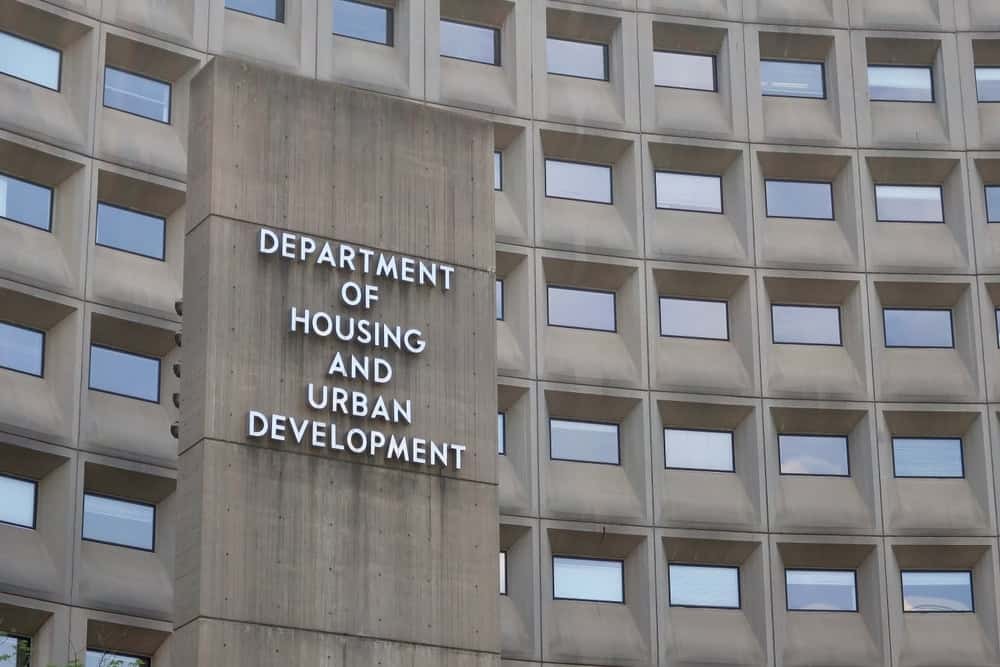Community Development Block Grant: A catalyst for positive change
Does your neighborhood have at least 51% low-to-moderate income individuals? If so, you may qualify for the Community Development Block Grant (CDBG), a federally funded program to support community development in low-income populations.
This program's stringent eligibility requirements are governed by the Code of Federal Regulations. To qualify, at least 51% of your community's low-and-moderate-income (LMI) population should benefit from development activities funded by the CDBG. These activities are identified through an ongoing process and may address various needs, including: Does your neighborhood have at least 51% low-to-moderate income individuals? If so, you may qualify for the Community Development Block Grant (CDBG), a federally funded program to support community development in low-income populations.
- Infrastructure.
- Public facilities installation.
- Community centers.
- Economic development projects.
- Public services.
- Housing rehabilitation.
- Homeowner assistance.
- Microenterprise assistance and others.
An overview of the CDBG in Illinois, Iowa and Wisconsin
The CDBG program is funded by the Department of Housing and Urban Development (HUD). Participation requirements and eligible activities differ across states and regions. The following table shows how the CDBG program works in Illinois, Iowa and Wisconsin.
It is a complex process to determine your community's eligibility, apply for the grant and effectively manage funds in compliance with the requirements. Many communities choose to partner with an expert to successfully navigate the steps.
Partner with Fehr Graham to secure Community Development Block Grants
At Fehr Graham, our professionals have years of experience and expertise in funding solutions for communities across the Midwest and beyond. Our team works closely with regulatory agencies to customize competitive applications to help secure maximum funding for your community. Let's work together to bring opportunities to your community.
To learn about your community’s eligibility for community development block grant program, contact us or give us a call at 815.235.7643.
 |
Fehr Graham Senior Community Development Specialist Bridgette Stocks serves as the principal contact for all funding-related programs, navigating complicated rules and regulations to secure maximum dollars. She is a vital partner when it comes to strengthening communities to provide resilient and critical infrastructure. Her success speaks for itself – she has secured more than $200 million for Fehr Graham clients. She can be reached at |
Collaborative, Insightful, Results-Driven Solutions
Fehr Graham provides innovative engineering and environmental solutions to help improve the lives and communities of our customers.

